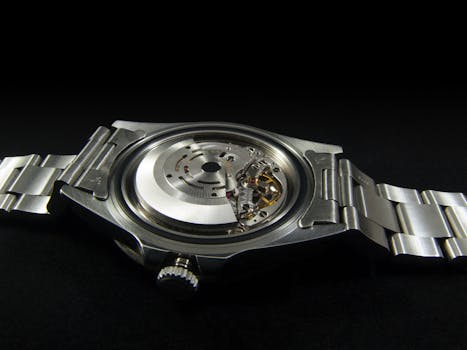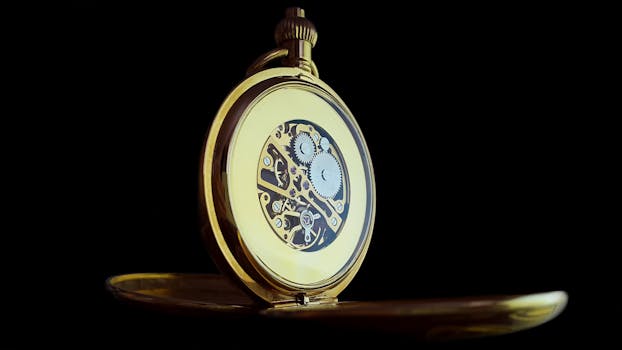
Exploring Different Types of Watch Movements: A Comprehensive Guide
Takeaways: Understanding the different types of watch movements is essential for watch enthusiasts and collectors. There are primarily three types of movements: mechanical, quartz, and automatic. Each type has its unique features, advantages, and appeal.
Watches are more than just timekeeping devices; they are masterpieces of engineering and design. The heart of every watch is its movement, which dictates how the watch functions, how accurate it is, and what kind of maintenance it requires. In this article, we will explore the three primary types of watch movements: mechanical, quartz, and automatic.
Mechanical Watch Movements

Types of Mechanical Movements
There are two main types of mechanical movements: manual and automatic.
Manual Mechanical Movements
In a manual mechanical watch, the wearer must wind the mainspring by turning the crown. This action stores energy, which is gradually released to power the watch. Manual watches are favored by purists and enthusiasts who appreciate the connection they have with their timepiece through the winding process.
Automatic Mechanical Movements
Automatic movements, also known as self-winding movements, differ from manual ones in that they wind themselves as long as the wearer is active. An internal rotor moves with the motion of the wrist, winding the mainspring automatically. This innovation allows for greater convenience, as the wearer does not need to remember to wind the watch regularly.
Advantages of Mechanical Movements
Mechanical watches are often seen as a symbol of luxury and craftsmanship. They are appreciated for their intricate designs and the artistry involved in their creation. Many collectors find the tick-tock sound of a mechanical movement soothing and satisfying. Moreover, mechanical watches can last for generations if properly maintained, making them a timeless investment.
Quartz Watch Movements

The Mechanism of Quartz Movements
In a quartz watch, the battery powers a small motor that moves the watch hands. This technology has made quartz watches highly accurate, often boasting an accuracy of within a few seconds per month. The simplicity of the quartz movement also allows for thinner watch designs, making them more versatile and comfortable to wear.
Advantages of Quartz Movements
One of the main advantages of quartz watches is their accuracy and low maintenance. They do not require regular winding and can last for years without needing a battery change. Additionally, quartz watches tend to be more affordable than their mechanical counterparts, making them accessible to a broader audience.
Choosing the Right Movement

Ultimately, the choice of movement reflects personal taste and the value you place on timekeeping. Whether you lean towards the artistry of mechanical movements or the precision of quartz, understanding these differences enhances your appreciation for the world of horology.






